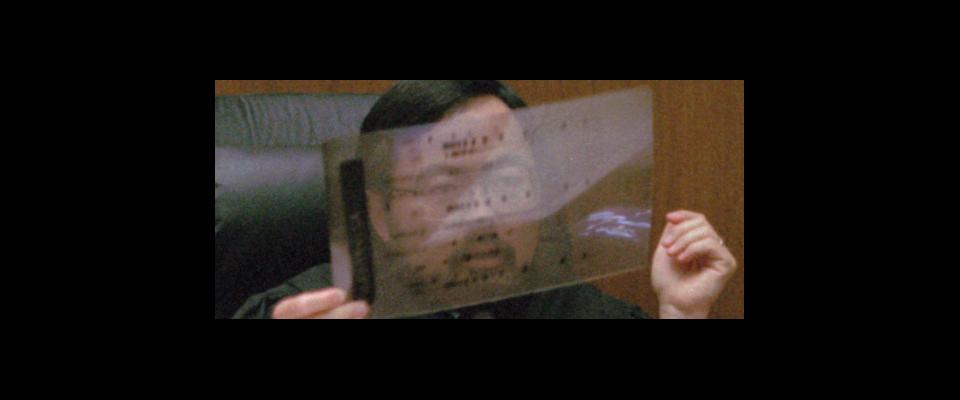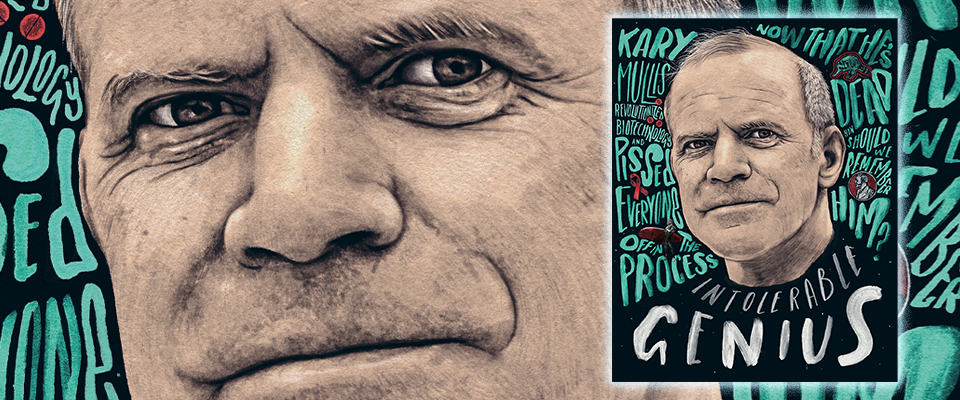IMPACT: When L.A. prosecutors tried to nail O.J. Simpson with blood and hair samples, they used a technique called DNA fingerprinting—duplicating a certain section of DNA and matching it to another. Now a staple of CSI and Law & Order, the science of DNA fingerprinting depends on a chain reaction that matches the rungs of a ladder-shaped DNA molecule with a polymerase enzyme and artificially gets the ladder to copy itself. Each copy is then copied, and those copies copied, causing the DNA to multiply like rabbits in spring. Besides providing new ammo to prosecutors and defense challenges, polymerase chain reactions, or PCR, have empowered scientists to detect viruses and genetic diseases, clone genes, and map the human genome. And it’s paid the bills of countless law firms bickering over the patent, some in disputes outlasting the patent itself, which was up last year.
EUREKA MOMENT: Driving up Highway 128 for a weekend in Mendocino, Mullis was mulling over techniques to analyze small mutations in DNA when a novel technique to carbon copy the strands popped into his brain. Mullis pulled over, exclaimed “Dear Thor!” and spent the next two days writing equations and drinking wine. Driving home, he was already thinking of the Nobel Prize, which he won in 1993.
From the January February 2007 25 Brilliant California Ideas issue of California.





















